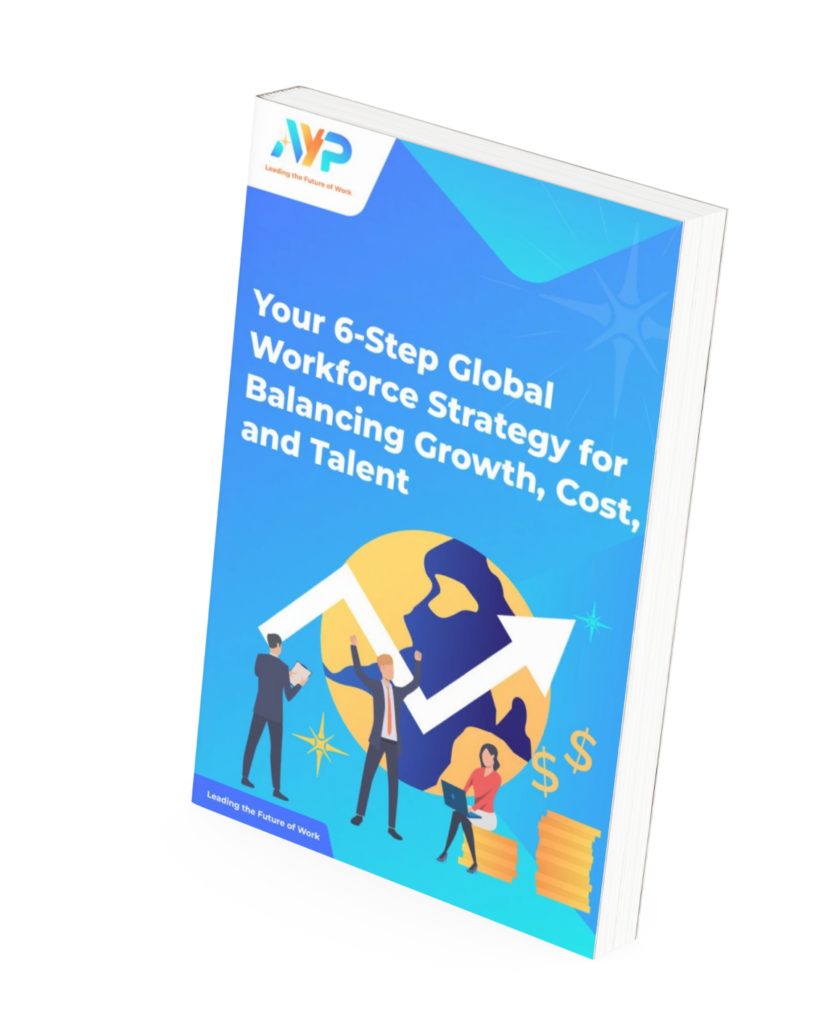Almost every business owner dreams of expanding their business reach overseas. We answer your questions about growing abroad.
The opportunity for overseas business expansion comes with a great many advantages, but also increased responsibilities and risks. Before you start executing your overseas growth strategy, it pays to ask yourself if your business is expansion-ready, and whether you have what it takes to weather foreign storms.
Is your business ready for expansion?
You’ve narrowed down your potential new markets in the region, and are making strong profits in your existing business. You have liquid assets and resources available to tap on. Congratulations! These are some key signs that your business might do well overseas. But what’s in it for you?
Why should you expand abroad?
The foremost advantage of taking your business abroad is the ability to access new and larger markets. Increased demand leads to increased profits but also increased potential as you develop new products to meet your consumers’ evolving needs.
What are the possible challenges when expanding overseas?
Establishing a new supply chain is an arduous task without existing partners. Meanwhile, you’ll have to worry about compliance with laws surrounding employment, payroll and taxes 1.
What is a business entity, and do you need one?
Governments in many countries have increased their scrutiny of high-headcount companies without a legal entity. This is often a sign that the organisation is misclassifying independent contractors to avoid paying the minimum wage or providing employee benefits 2.
Independent contractors, or freelancers, are engaged temporarily and should be able to set their own work schedule. They pay their own business taxes, and are free to work for other non-competing organisations 3.
Misclassified employees could cause the hiring organisation to incur hefty penalties in most countries 4.
Companies can establish a business entity to hire these workers as full-time employees, but the process can be expensive and time-consuming. Thankfully, there are other options that are both cost-saving and compliant with employment regulations: an employer of record (EOR) or professional employer organisation (PEO).
What does an EOR do?
An (EOR) is a third-party company that takes the place of an employer in your host country for tax purposes. EORs handle employment and payroll tasks for seasonal contractors, freelancers, overseas hires, and other similar employees, but can only take on a portion of your company’s payroll.
What does a PEO do?
A (PEO) serves similar tasks as an EOR, but can take on your entire company’s payroll. They also provide value-added services such as onboarding, hiring, training and employee benefits management 5.
The ROI on PEOs
As a business owner, you might be tempted to choose an EOR: the no-frills, cost-saving option. Yet while it minimises the legal compliance hassle, an EOR doesn’t address the issue of employee productivity, attrition, and growth potential.
A majority of business owners who enlist the services of PEOs have indicated fewer concerns with hiring, retaining and motivating their employees. With 98% of PEO clients indicating that they would recommend these services to small businesses, it’s a great big step towards a successful expansion abroad 6.
Featured Content
1. How To Optimise Your Workforce Management with HR Analytics
2. Game-Changing HR Technology For Business
3. 7 Southeast Asia Expansion Mistakes to Avoid
References
- Cross-Border Expansion: What Are the Key Considerations?
- The Hidden Costs of Entity Establishment. Velocity Global. January 2020.
- Four Steps to Assess Foreign Independent Contractor Risk. Velocity Global. November 2019.
- What are the advantages and disadvantages of expanding your business? Euler Hermes. August 2021.
- PEO v. EOR: Which Is Right for Your HR Needs? Innovative Employee Solutions. May 2016.
- The ROI of Using a PEO. McBassi & Company. September 2019.



